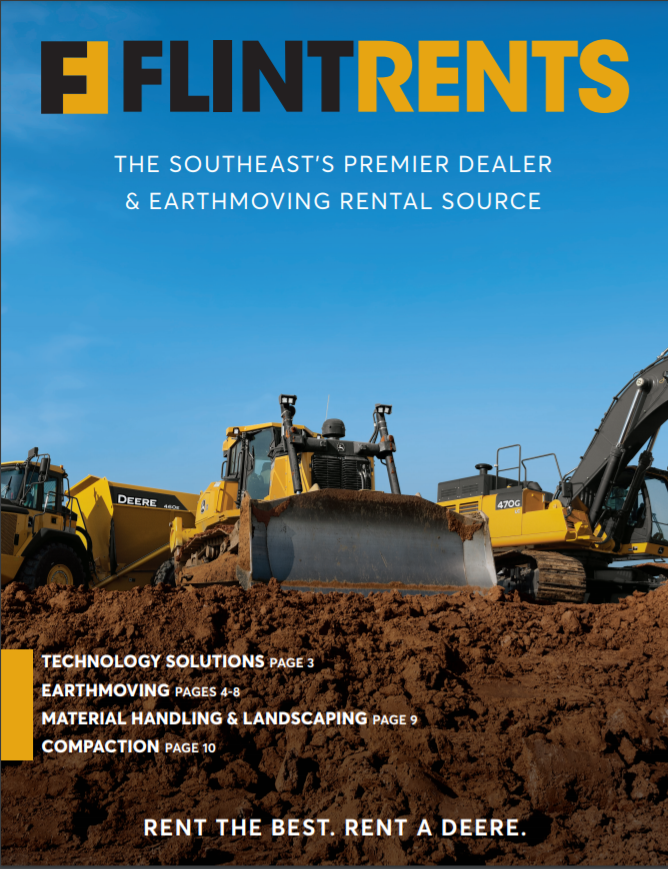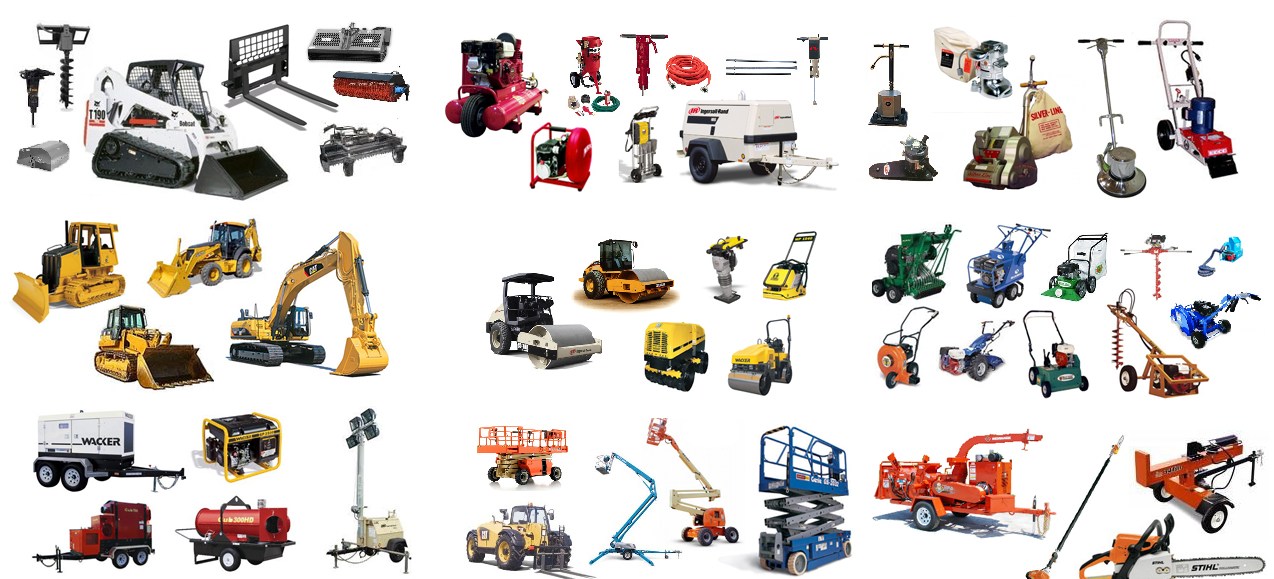Equipment Rental Company: Your Resource for All Types of Machinery
Equipment Rental Company: Your Resource for All Types of Machinery
Blog Article
Maximize Your Budget Plan by Recognizing the Costs Connected With Building Equipment Leasings
Comprehending the complete range of expenses related to building tools services is crucial for optimizing your spending plan. While the first rental cost might appear uncomplicated, many extra expenditures-- such as transportation, gas additional charges, and maintenance-- can quickly gather, influencing your economic planning. Being conscious of various costs and the intricacies of rental agreements can aid prevent unanticipated monetary problems. What methods can be employed to properly handle these prices and ensure a more effective rental experience?
Introduction of Rental Costs
When taking into consideration building devices leasings, understanding the linked costs is extremely important for efficient budgeting and task planning. Rental expenses can differ significantly based upon a number of variables, including equipment kind, period of leasing, and area. The initial rental cost usually shows the tools's market demand and its connected functional abilities, affecting the total expense.
In enhancement to the base rental rate, supplementary costs may occur, such as transportation costs, fuel additional charges, and upkeep charges. It is vital to make up these additional expenditures to accurately analyze the overall expense of renting out equipment. Additionally, the rental period can influence rates; longer rentals may qualify for reduced prices, while short-term rentals might incur greater everyday fees.

Break Down of Rental Rates
A thorough understanding of rental prices is vital for specialists and project managers intending to enhance their budget plans. Rental prices for building equipment normally are composed of several components, consisting of base rates, time-based costs, and usage costs.
Base rates are the core costs connected with the leasing of the devices, often identified by the kind and dimension of the equipment. These rates can vary dramatically, influenced by aspects such as tools demand, schedule, and regional market patterns. Time-based costs, which may be daily, weekly, or monthly, offer to fit various task timelines and rental durations.
Additionally, rental prices may include use costs, which apply when equipment is utilized past a defined threshold, making sure that the rental company can represent damage. Seasonal demand changes can additionally impact rental prices, with peak building and construction seasons typically commanding higher rates.
Moreover, understanding the rental firm's policies relating to upkeep and insurance policy can provide additional understanding right into the total price framework. By examining these parts, professionals can make educated decisions, guaranteeing the option of rental equipment aligns with both project requirements and budget constraints.
Additional Costs to Take Into Consideration
Comprehending the complexities of added costs is critical for specialists to manage their total leasing expenses effectively. Past the common rental rates, numerous additional costs can considerably influence the overall price of tools rental. These fees frequently include distribution and pick-up costs, which can vary based upon distance and logistics associated with transferring the equipment to and from the task website.
Additionally, some rental firms may enforce fuel additional charges if the tools is returned with less fuel than when rented out. It is additionally important to be mindful of prospective cleaning costs, especially for customized equipment that requires thorough maintenance after usage.

Extensively reviewing the rental agreement and making clear these additional fees in advance can help specialists guarantee and avoid unexpected costs that budgets remain see post intact throughout the task lifecycle.
Repair And Maintenance Expenses
Regular repair and maintenance expenditures are usually ignored aspects that can substantially influence the overall price of building and construction equipment rentals. websites When renting out tools, it is vital to think about not only the rental charges but also the possible costs related to maintaining the machinery in optimum operating condition.
Many rental firms include fundamental maintenance as component of the rental contract; nonetheless, a lot more comprehensive repair services or unforeseen breakdowns can cause additional expenditures. It's vital to review the rental agreement carefully to understand what maintenance solutions are covered and what responsibilities drop on the occupant.
Furthermore, equipment that is not properly maintained can lead to ineffectiveness on duty website, potentially causing delays and enhancing job prices. To minimize these risks, it is suggested to conduct regular assessments and maintain open interaction with the rental copyright concerning any type of problems that emerge throughout usage.
Insurance and Obligation Expenses
Insurance coverage and responsibility expenses are critical components that can dramatically influence the total expense of building devices leasings (mini excavator rental). These prices make certain that both the rental business and the client are secured from prospective monetary losses occurring from mishaps, damages, or theft during the rental period

Additionally, clients must know any kind of deductibles or exclusions in the insurance policy, as these can affect prospective out-of-pocket expenses. Comprehending the terms of any type of insurance policy coverage is essential to avoid unanticipated costs. Eventually, budgeting for insurance policy and liability expenditures can help make sure a smoother rental experience and shield against monetary threats connected with building and construction projects.
Conclusion
In conclusion, a comprehensive understanding of the prices linked with building devices rentals is important for effective spending plan administration. Ultimately, informed decision-making regarding tools leasings contributes to the total success of building ventures.
Rental costs can differ substantially based on a number of factors, consisting of devices kind, period of leasing, and location (boom lift rental). The rental period can affect pricing; longer services may certify for reduced rates, while short-term services may sustain higher daily costs
By conducting thorough research study and engaging with reliable rental companies, professionals can properly navigate the complexities of rental prices, ultimately optimizing their monetary resources.
Past the typical rental rates, numerous supplemental costs can considerably affect the complete price of tools rental. Rental business usually offer obligation insurance policy that covers injuries to third parties or damage to property, while equipment damage insurance coverage can cover the expense of repair work or substitute if the rented out tools is harmed.
Report this page